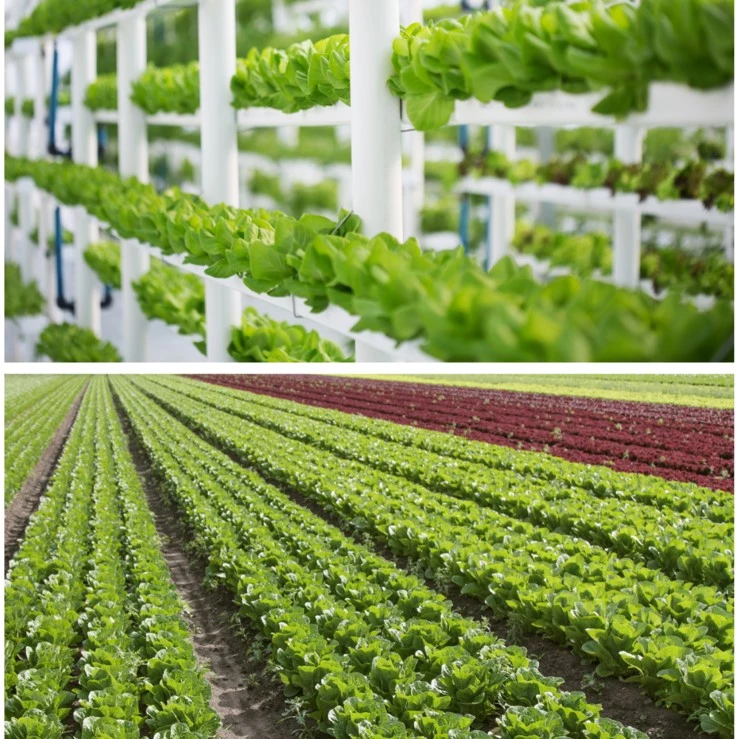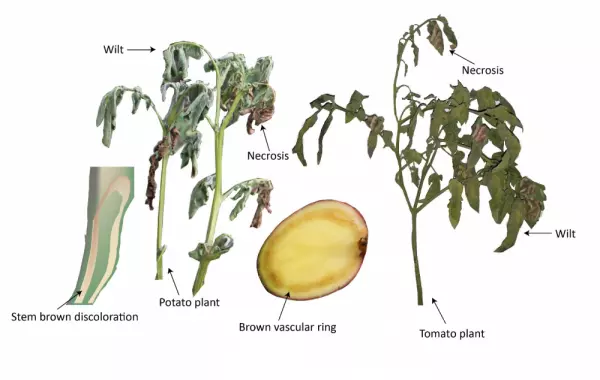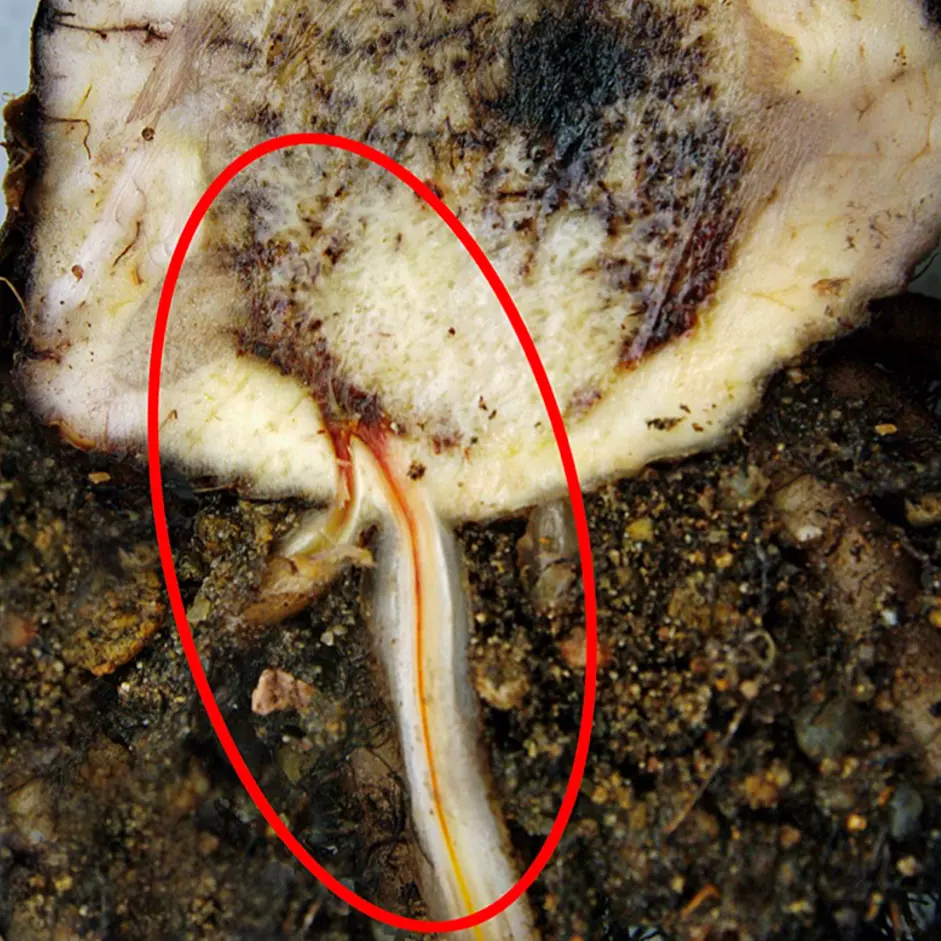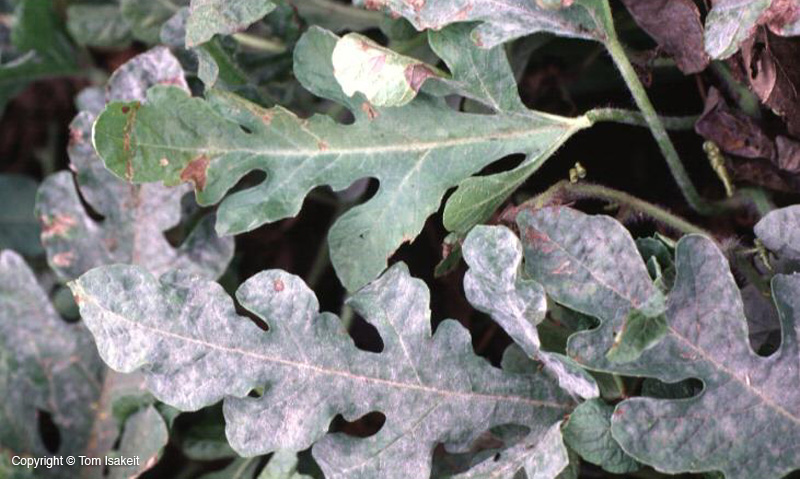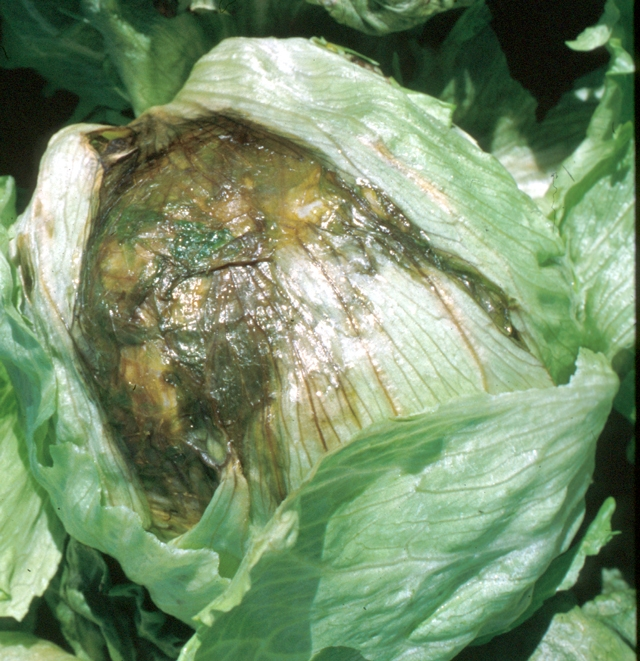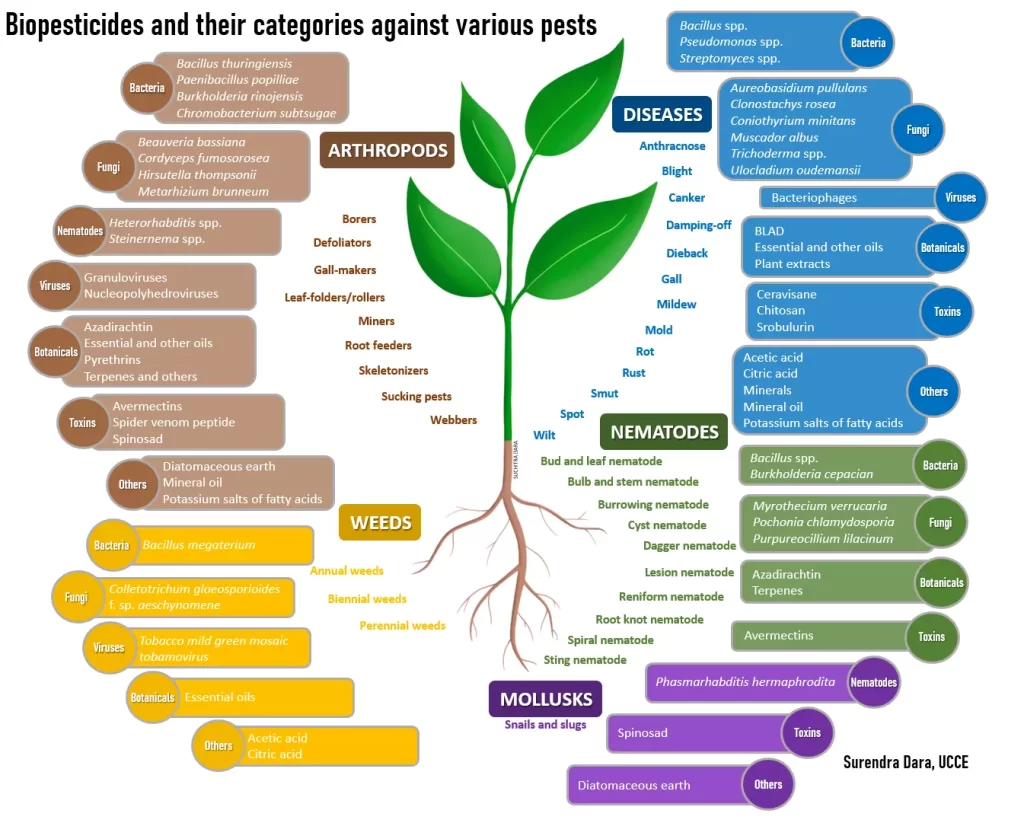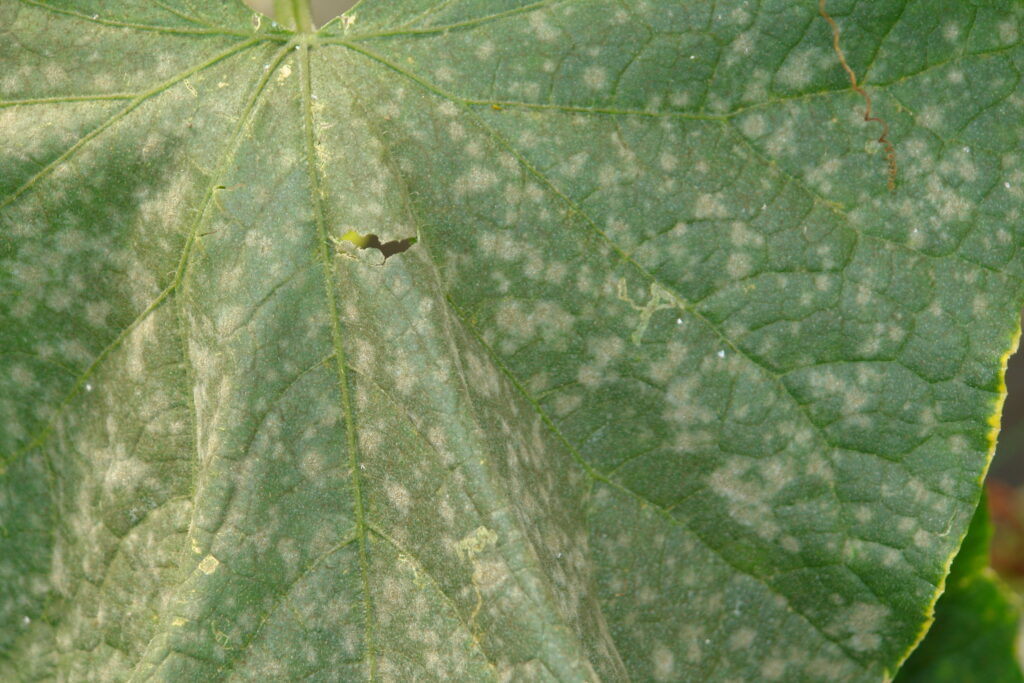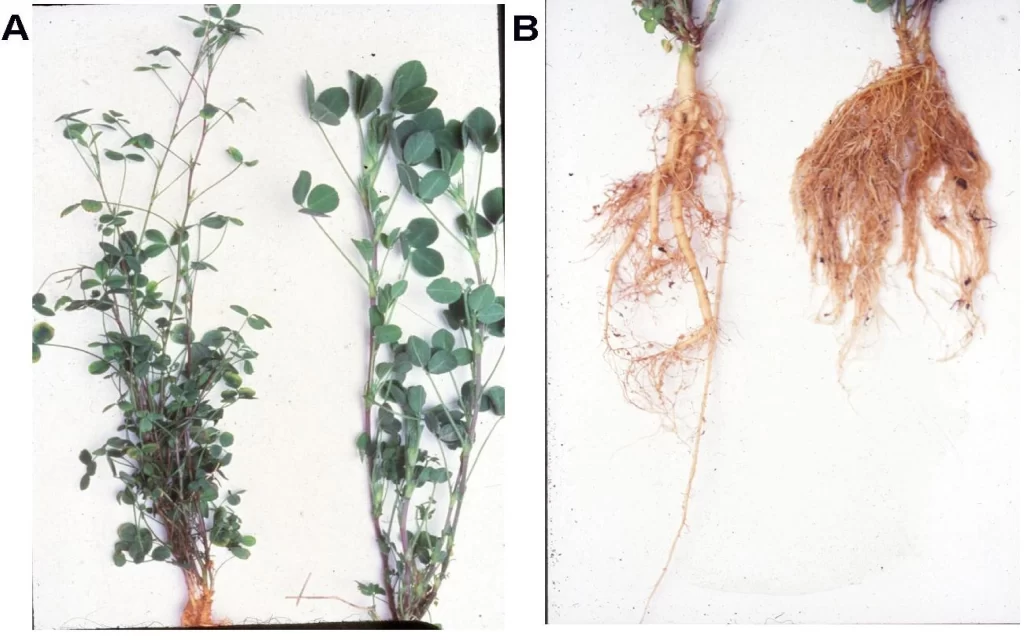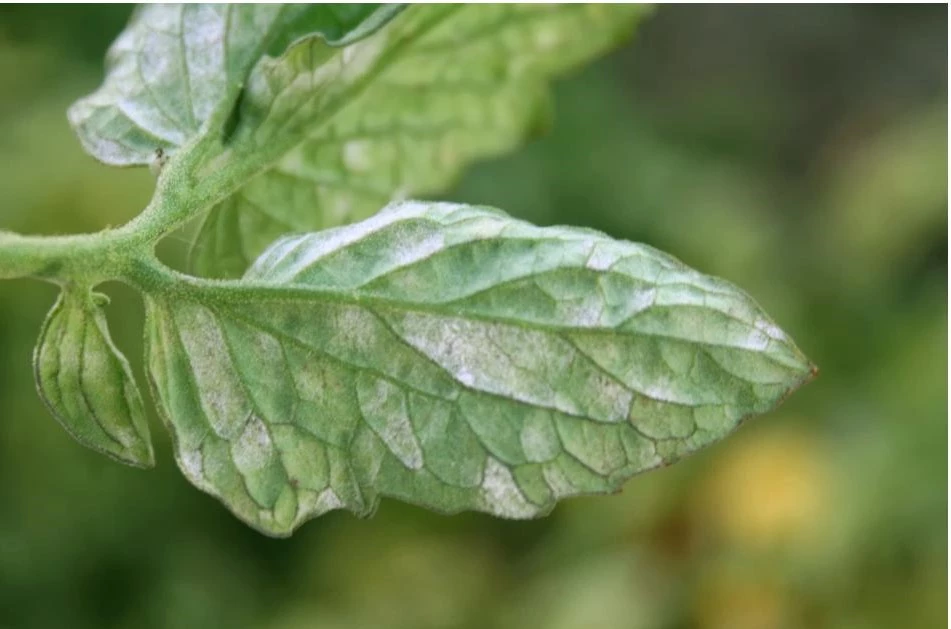Hydroponic vs. Soil Cultivation Hydroponic farming mitigates many issues and stressors that traditional farmers face. These issues can include reliance on the weather, soil erosion, poor drainage, and unsuitable soil compaction or nutrient density. Hydroponic farming allows for less usage of water than irrigation systems. Hydroponics not only recycle water, but its controlled system will […]
Ralstonia solanacearum What is Ralstonia solanacearum? The bacterial pathogen Ralstonia solanacearum is a Gram-negative, soil-borne bacterial pathogen that causes bacterial wilt and brown rot in potatoes. This bacterium belongs to a complex of four groups called phylotypes. These groups are known as the R. solanacearum species complex (RSSC). Each group is dominant in a geographical […]
This week, I asked Jennifer Lin some fun questions about herself. Jennifer is a Research Assistant and she completed her Bachelor of Science in Biology at the University of Waterloo. She has a strong background in biochemistry and enzymology. Keep reading to learn more about Jennifer and her kittens!
What is Fusarium oxysporum? Fusarium oxysporum is a fungus which can cause root rot, crown rot and, most commonly, wilting in a wide variety of crops such as basil, lettuce, cannabis and tomatoes (Figure 1). Wilting caused by F. oxysporum is known as Fusarium wilt and is a common culprit in field agriculture but is […]
What is Podosphaera xanthii? Podosphaera xanthii is a pathogenic fungus which causes “powdery mildew” on plants, especially cucurbits [1]. The naming of this fungus is not standardized, and you may also know it as Podosphaera fusca, Sphaerotheca fuliginea or Sphaerotheca fusca [1]. In addition to P. xanthii, powdery mildew is caused by many other fungal […]
What is Pectobacterium carotovorum? Pectobacterium carotovorum is one pathogen, of many, that causes soft rot in plants. It is a Gram-negative, rod-shaped, facultative anaerobe [1], (Figure 1). This bacteria is part of the order Enterobacterales [2] which includes other well-known bacteria such as Escherichia coli, Klebsiella pneumoniae and Salmonella, to name a few. Soft rot is […]
Biocontrol in Farming Globally, around 3 billion tons of pesticides are used annually to prevent diseases and pests from harming crops, yet 40% of crops are still lost due to plant diseases [1]. Adapting biocontrol in farming is a natural way to prevent and treat diseases; it can significantly reduce crop loss while avoiding the […]
s summer approaches and the temperatures rise, so do humidity levels. Southern Ontario is notorious for humid weather which can have lasting impacts on agricultural success. Humidity provides ideal conditions for fungi to grow, including mold and mildew.
What is Agrobacterium rhizogenes? Agrobacterium rhizogenes, also currently known as Rhizobium rhizogenes (1), is a Gram-negative, rod shaped, pathogenic bacteria (2) (Figure 1). A. rhizogenes lives in the rhizosphere, which is where the name derived (rhiza a root and gennao to make or to produce; hence, rhizogenes or root-producing). A. rhizogenes causes hairy root disease […]
Powdery Mildew (Leveillula taurica) See our Resource page to see what we aim to cover in each post. What is Leveillula taurica? Leveillula taurica (also known as Oidiopsis taurica [1] in its asexual state) is a fungus which causes “powdery mildew” on plants among the Solanaceae, Alliaceae and Cucurbitaceae families [2]. However, some plants are naturally […]


